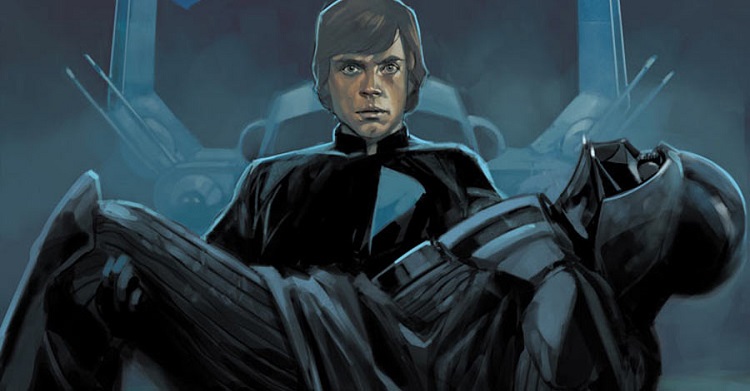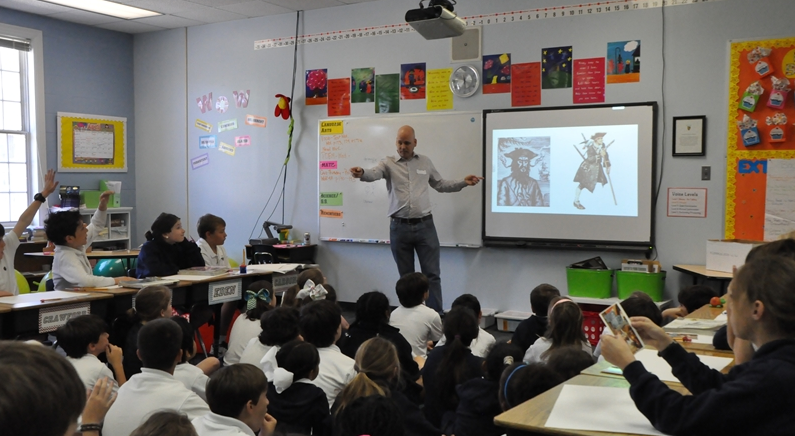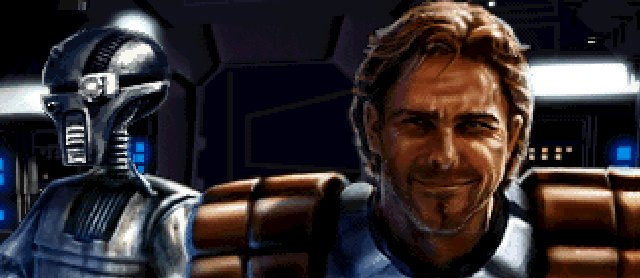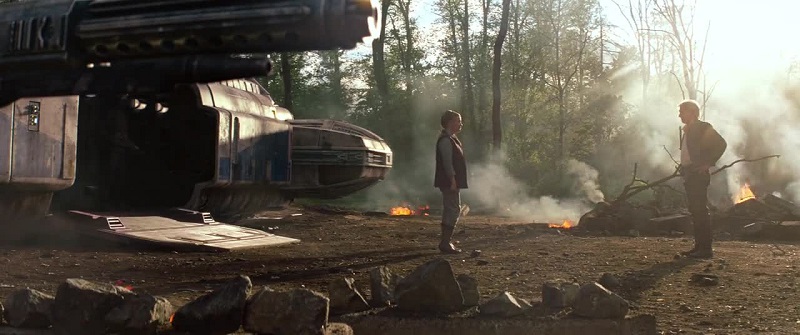
No, not the end of Darth Vader the character—I just couldn’t resist using that amazing image by Phil Noto. I’m talking about Darth Vader, the ongoing comic series by Kieron Gillen and Salvador Larroca. When the series kicked off in February of last year, Gillen was very clear that this book had a specific story to tell: how its titular character went from his embarrassing defeat and loss of the Death Star in A New Hope to perhaps the height of his power, leading Death Squadron in the hunt for the Rebel base in The Empire Strikes Back. Earlier he likened the arc to that of Frank Underwood in House of Cards, and while that series has gone to great lengths to keep its, ahem, house of cards standing much longer than the story it’s based on, Gillen announced last month that he had gotten to his endpoint faster than even he had anticipated:
“…we’ve always said all the way through, from Darth Vader #1, that this was a story with a beginning, a middle and an end. And we kind of looked where we were after Vader Down, and we realized we were probably actually nearer to the end than we thought we were. And it was a situation where we were like, ‘Okay, it’s better to actually end this story in a way which we think is the most effective. We don’t want to pad it out extraneously.’ That was the kind of thing, we were like, ‘Oh yeah, this is the end of this particular story,’ in which case it’s a natural place for Vader to move on.”
While I’m a big fan of Gillen’s writing and Vader has often surpassed Jason Aaron’s Star Wars series over the past year, I met this news with a certain amount of relief. In the world of comics, especially from Marvel and DC, a creator getting to tell the entire story they set out to tell—and then, maybe just as importantly, actually ending the series at that moment—isn’t as common as you might think. So knowing that Gillen was allowed to wrap things up in a way that doesn’t just tee up a new creative team a month later is a big sign that Marvel’s Star Wars line is being handled in a healthy way, and makes me more excited to see where they go from here. Read More



